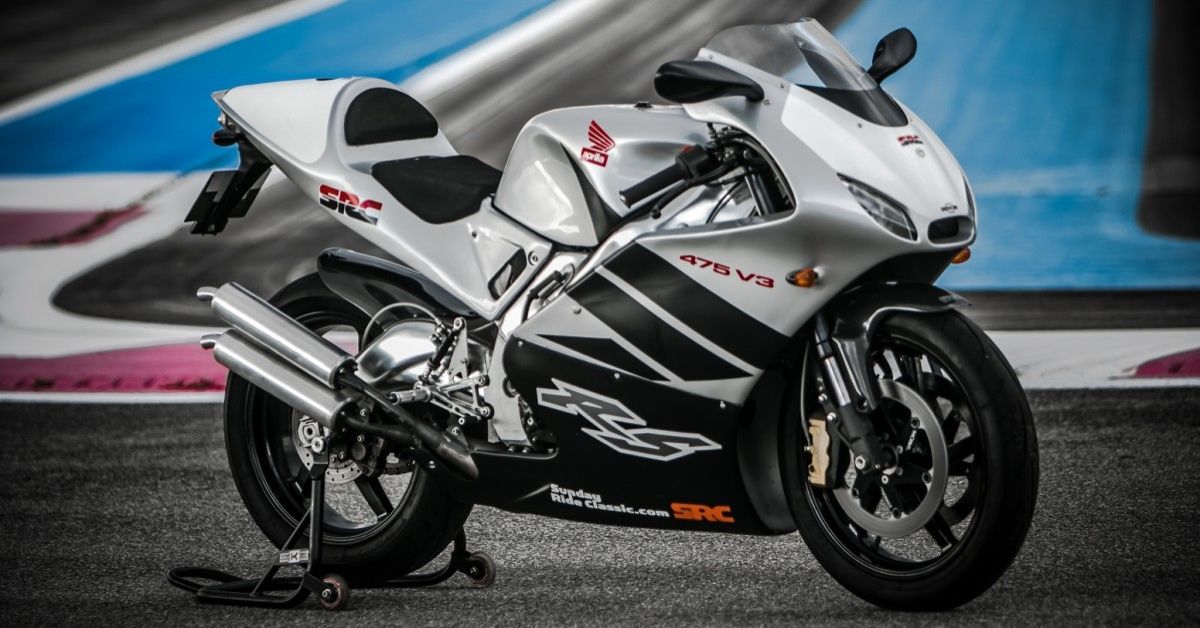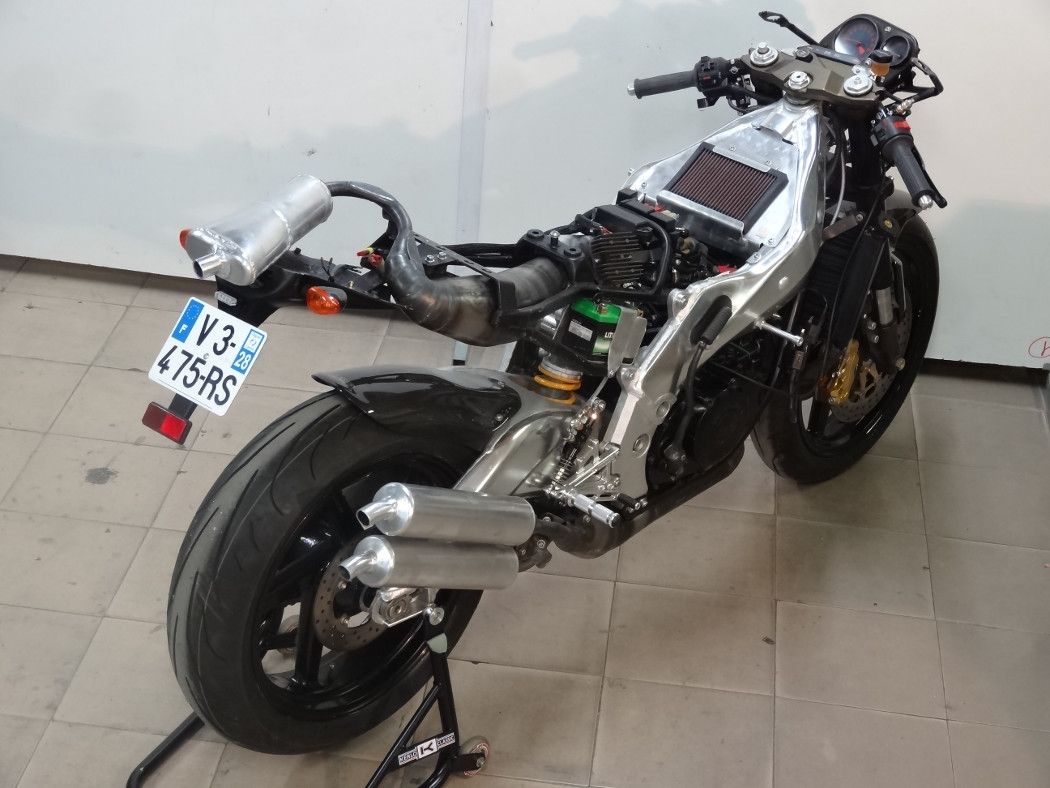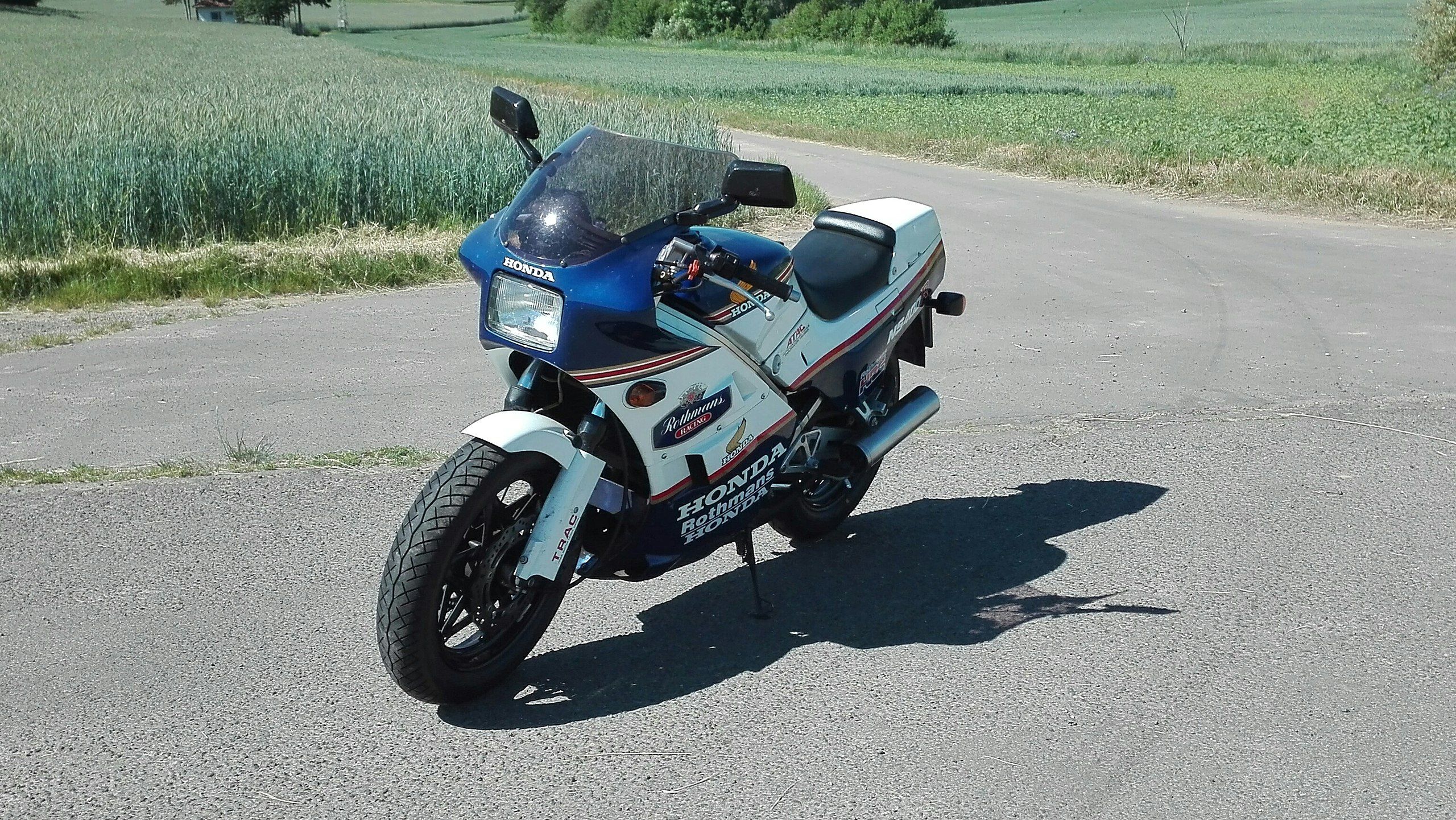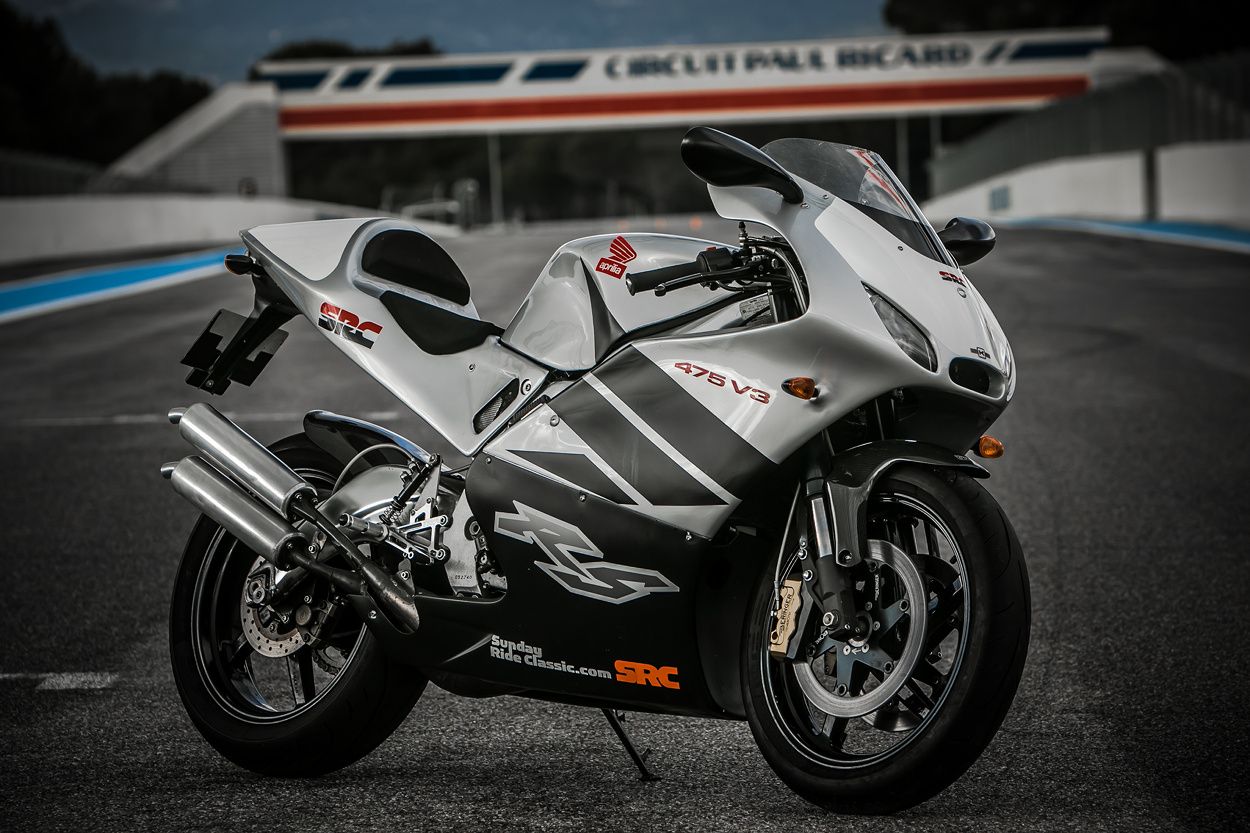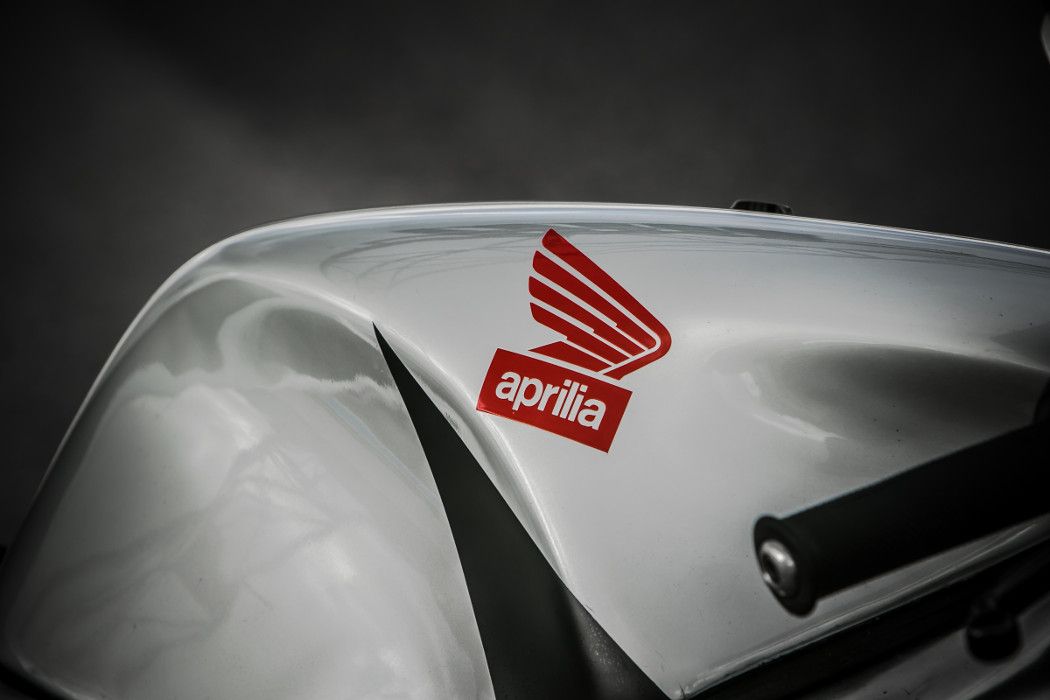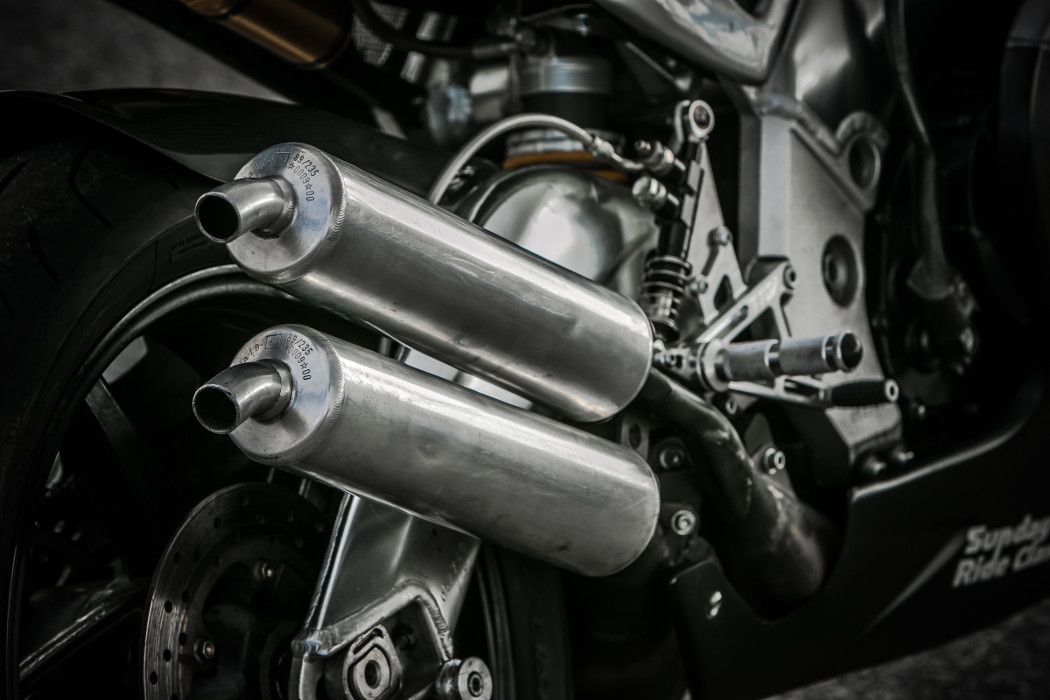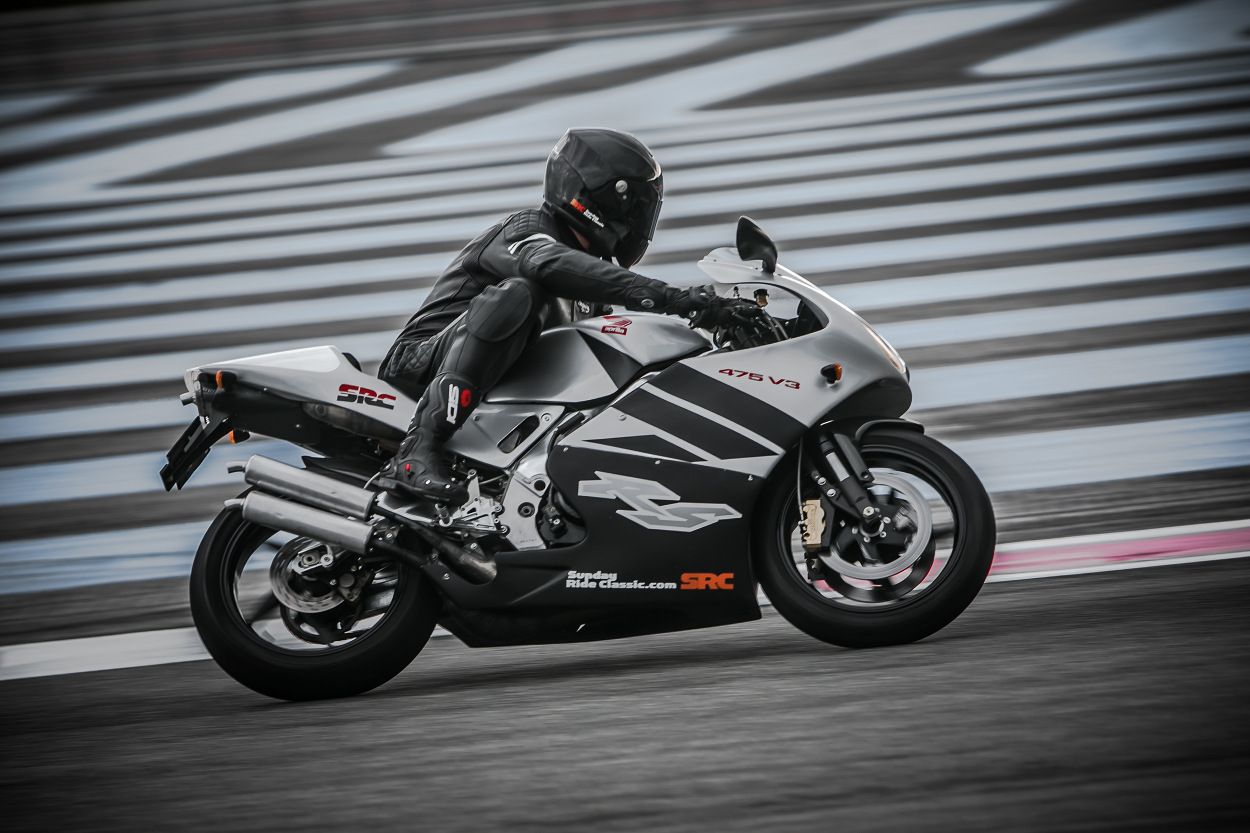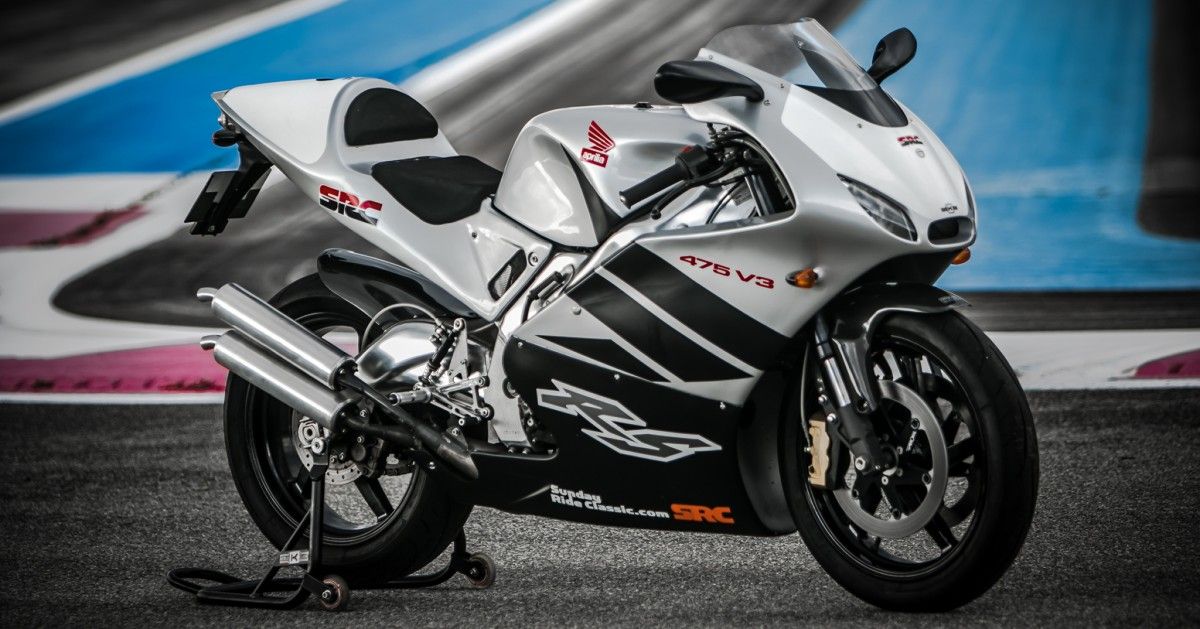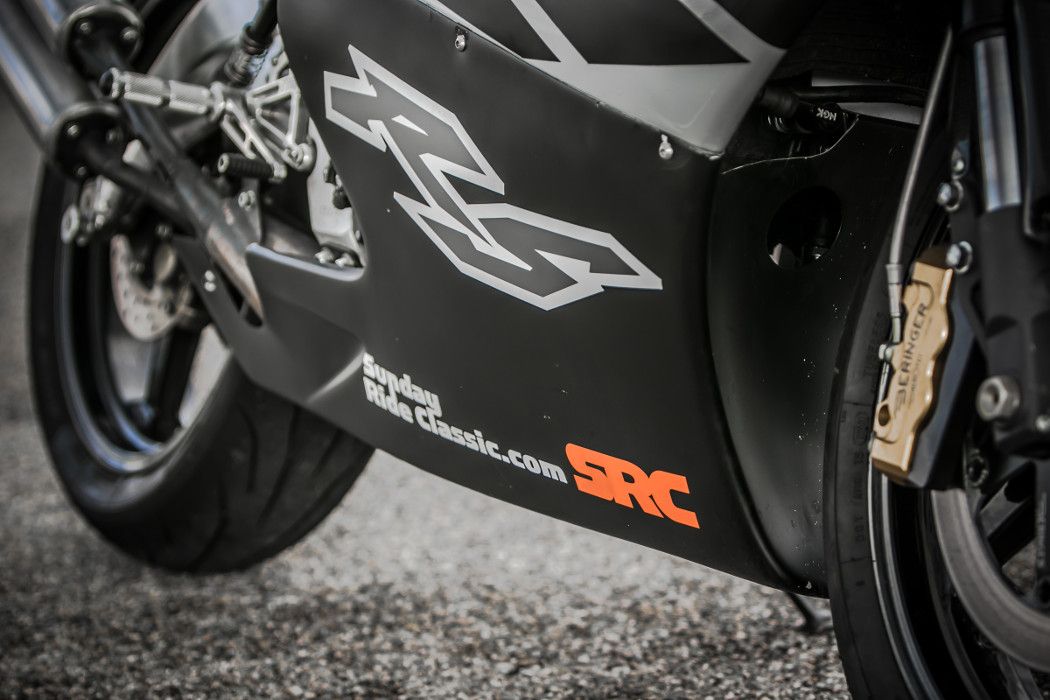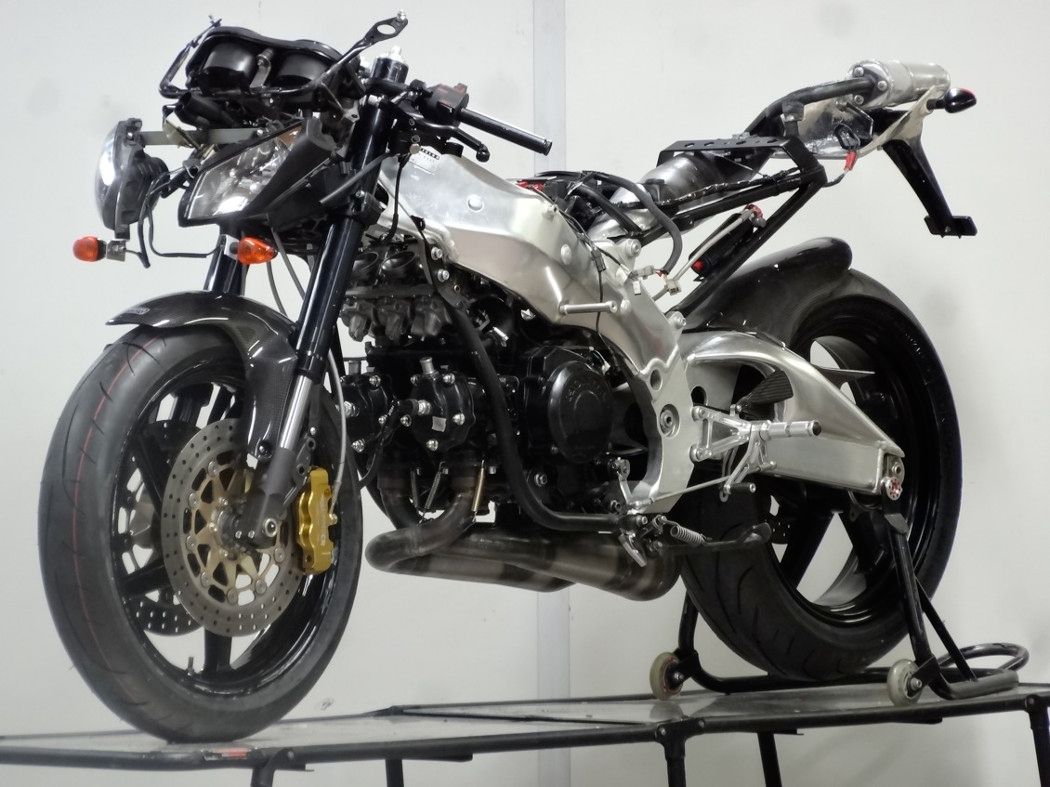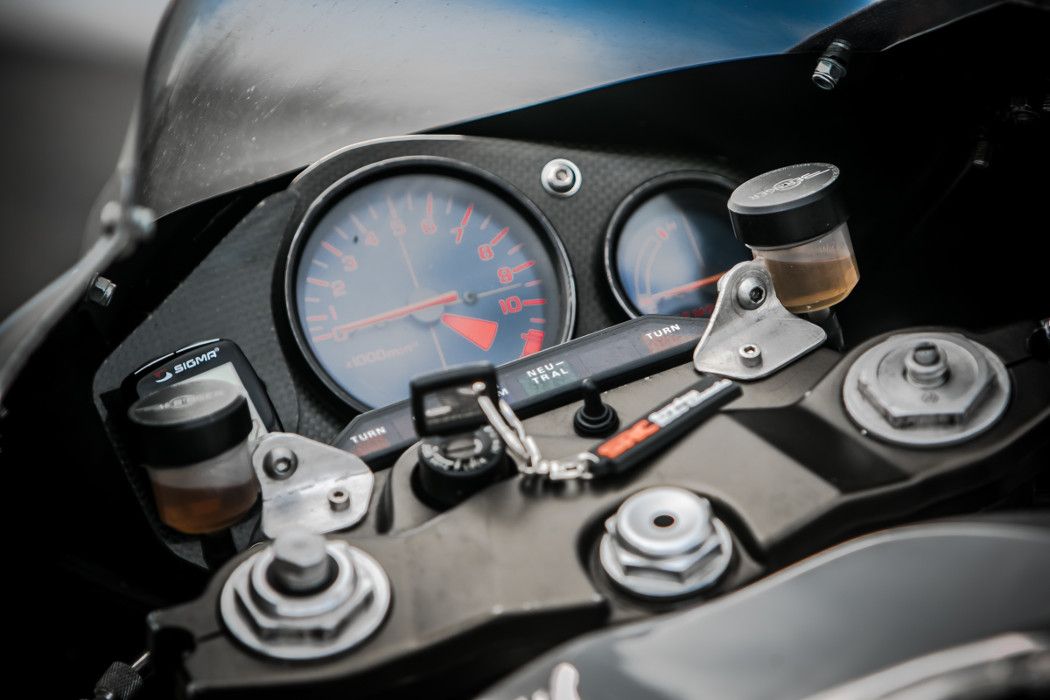There were many reasons for discontinuing the two-stroke motorcycles, like tougher emission norms, exhaust noise, and the four-stroke motorcycles that are more efficient. But these are merely some reasons that upset us two-stroke motorcycle lovers.
Today, the legendary two-stroke is on the verge of extinction. However, it is only another phase that gearheads like us don't consider. That is exactly what Jean Pierre Bonato, the Sunday Ride Classic event organizer, and his friends don't believe. The bike in the picture above seems factory-made, right? However, it is not. It is the SRC 475 V3 built custom and is the only one in the world. It represents the undying machines that still would outshine many modern-day sports bikes if restored.
They made the SRC 475 V3 (a custom-built two-stroke motorcycle) that competes with modern-day sports bikes. Since it is an exclusive bike, there is very little information about it. Therefore, we have prepared a list of ten things we just learned about the SRC 475 V3 that will amaze you!
10 The SRC 475 V3 Sits On One Of The Last Two-Stroke Motorcycles: The Aprilia RS250 (1999)
Just like any other custom-built bike, the SRC required a capable chassis that could fulfill the duties. They had to fit a bigger engine, three carbs, and electronics. And the choice was the Aprilia RS250! It was one of the last production two-stroke motorcycles.
The chassis is a cast twin spar aluminum/magnesium alloy (that makes it lightweight), with the engine acting as a stressed member. The banana-shaped swing arm gave more ground clearance and agility while cornering.
9 The Heart Of The SRC 475 Comes From A 1984 Honda NS400R
Along with the chassis, the SRC 475 needed a heart that could give you goosebumps while pushing it to its redlines. So, the choice was the Grand Prix replica(a road legal version) of the famous youngest world champion Freddie Spencer's bike, the Honda NS400R.
The NS400R came with a 387 cc liquid-cooled 90 degree three-cylinder engine producing 72 horsepower. They re-bored the engine to 470 cc, put on Keihin carbs, Terry Shepherd exhausts, digital ignition, and carbon reeds were done, and the engine now boosted 88 brake horsepower.
8 It Comes With Three Carbs
The 470 cc bored NS400R engine has three cylinders; the reason SRC 475 V3 is fitted with three carbs on the Aprilia chassis. It was a tough job, since Aprilia engineered the frame for a two-cylinder engine. However, it did not stop them from achieving the goals.
It fits bigger Keihin carbs that are 32 mm compared to the original 26 mm. Apart from this, the carbs take the air directly from the mouth of the fairing on the front since the dynamic air box covers the carbs. This enables the SRC to breathe freely, giving it a better response on the throttle.
7 The SRC Badge Represents Both Honda And Aprilia (The Honda Engine Gives Wings To The Aprilia Chassis)
If you look closely at the tank, they merged logos into one of the Honda and the Aprilia. This shows that the SRC sits on the Aprilia chassis and has the heart of the Honda two-stroke NS400R.
Though the SRC (mainly named Sunday Ride Classic) also resembles the HRC of Honda, they termed the logo as Honda (engine) gives wings to Aprilia (chassis). This indeed is a perfect representation of Japanese engineering merged with Italian beauty. And that is how the SRC 475 V3 is intriguing.
6 The Three exhaust Set-Up Looks Gorgeous
Although the looks are subjective, the three exhaust set up with two on a single side and one underneath the tail-light is absolutely distinctive. You might have never seen this set-up unless you are a Moto-GP fan of the '80s.
However, the third exhaust underneath the taillight was a battle itself. The integrated tail lights were also a demanding job since the exhaust was just beneath. Apart from this, the SRC sings typical two-stroke harmony with smoke and pops, which makes us feel nostalgic.
The RS logo on the fairings shares the same bond with both brands (Honda and Aprilia)
The RS logo on the fairings is another interesting fact about the SRC 475 V3. The RS name is famous among both brands. For example, the Aprilia RS660 and the Honda RS1000.
5 It's A Modern-Day Two-Stroke And It's Gorgeous!
There is no denying that the SRC 475 V3 looks stunning. It is hard to tell whether the bike is custom-built and not manufactured in some Italian factory. After all, this was the main motto of the team to build a modern-day two-stroke motorcycle that looks and feels factory-made.
"The spirit of the 475 was to imagine a modern 2-stroke sport bike. The aim was to have a standard bike built exactly like a constructor's catalog bike: street-legal with big mirrors, not a replica with race numbers plates and so on…" says bikebound.com.
The front air intake between the lights reminds us of the Moto-GP bikes. Apart from this, the logos and gray paint scheme fit all the eyes perfectly, and nothing seems overdone except for the seat cowl.
4 The Upgraded Suspension Set-Ups Are Top-Notch
The bike had to be lightweight, so they had to find the perfect suspensions to support the cause. They used the Honda CBR racing kit inner cartridges, replacing the originals for the front forks.
The rear mono-shock was also a challenge itself. The tank was integrated next to the third exhaust pipe that passes under the saddle, leaving no space for the fitment of the regular mono-shock. Therefore, Ohlins prepared a bespoke rear shock for the lightweight two-stroke SRC.
Coming from Ohlins, the Suspensions do a fantastic job. The bike turns inside a corner just by a bit of weight on foot, thanks to the overall lightness and beautiful suspension set-up.
3 It Weighs About 309 Lbs Dry, So It Pulls Crazy And Stops Insanely!
Like how Harley-Davidson has set a weight limit on its bikes, the motto of keeping the SRC lightweight gives it a character of its own. Preparing a bike that's this light is a challenging job. However, the SRC wizards somehow managed to do that. For example, the rear master cylinder weighs only around 455 grams on the RS! The dry weight of the SRC is 309 lbs.
The aluminum chassis and lightweight Honda NS400R engine support the lightweight motto. The SRC delivers 88 horses on the rear wheel, and considering the weight, it gives you goosebumps. Not to mention the braking performance from Beringer is phenomenal and the rear hand brake on the handlebars makes you quick exiting corners.
2 The SRC Has Next To No Space Underneath
The Aprilia chassis is specific for the two-cylinder engine; however, since they fit the SRC with the three-cylinder engine of the Honda that is re-bored at 470 cc, it barely fits everything.
The three big carbs and the exhaust passing underneath the tank make it even more complex. Along with this, the bike also had to pack the electronics along with the rear mono-shock. So we have to give them the credits not for just making the bike but separate applause for fitting all the stuff underneath. And because of its lightweight motto, the bike must remain compact to maintain weight.
1 It Is The Custom Job That Makes The SRC Special
The SRC 475 V3 is not unique just because it is a modern two-stroke. It required many custom jobs, making it even more worthy of a legendary title. They had to redesign many parts to achieve their goals.
They had to add certain subframes on the chassis to support and fit the engine and the carbs.

